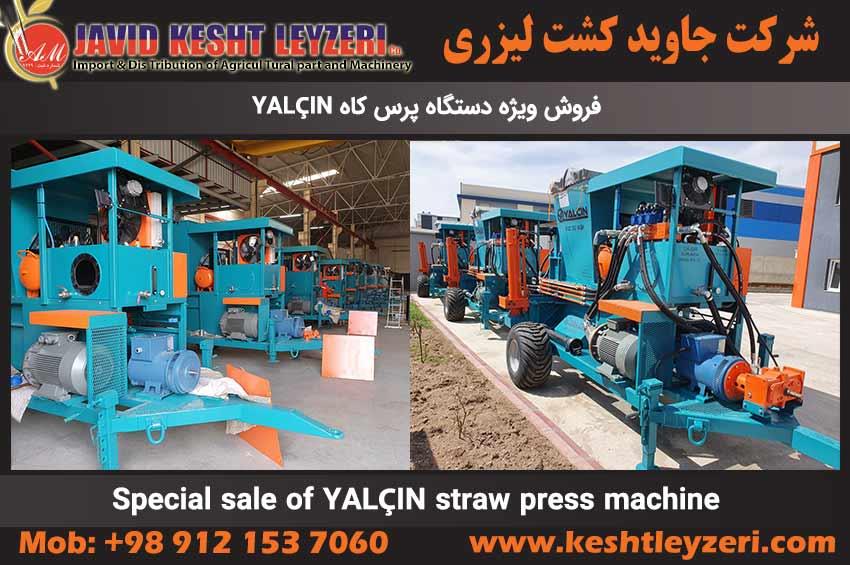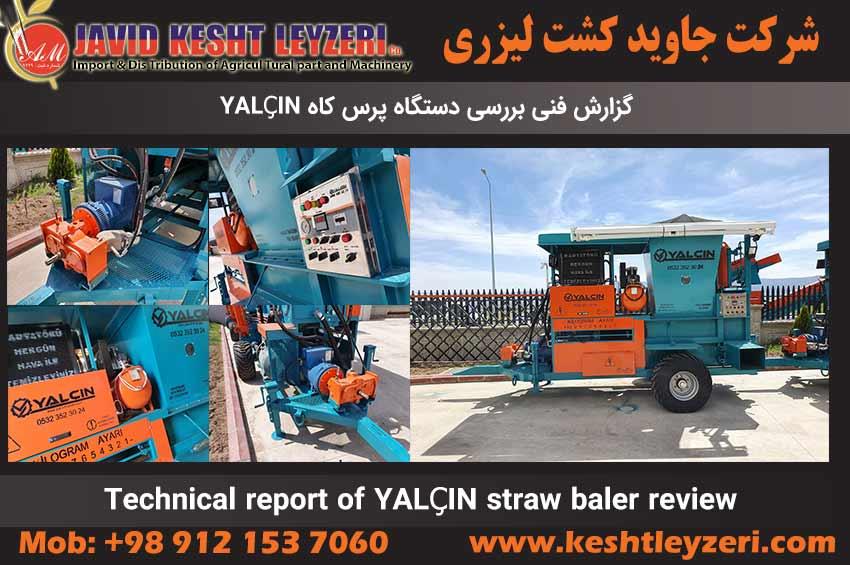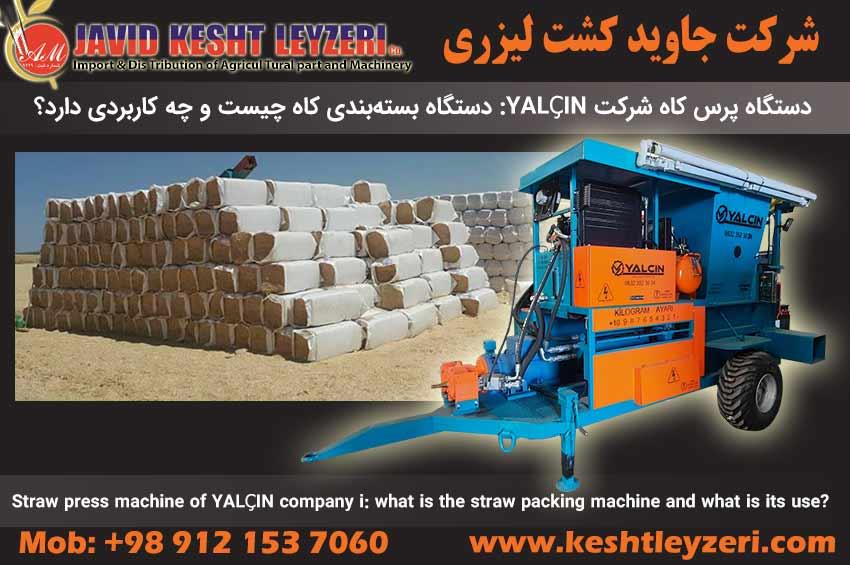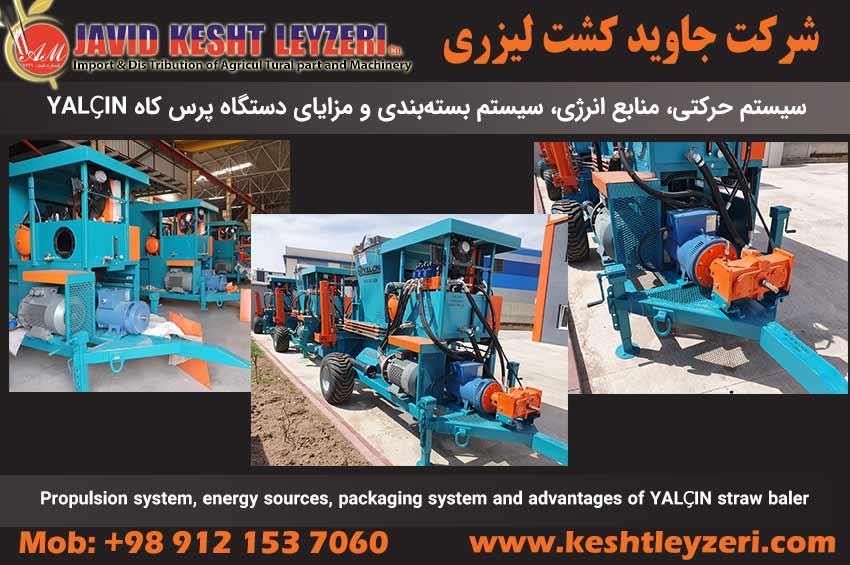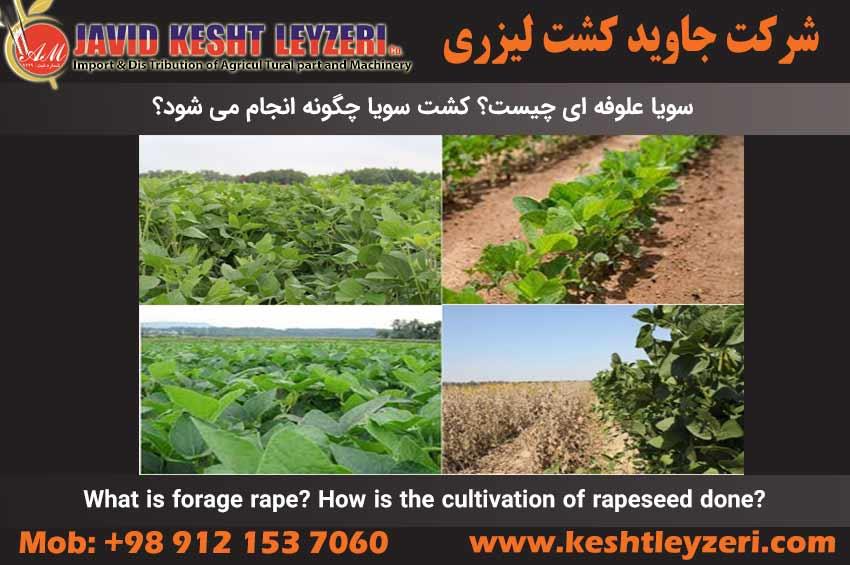
What is forage soybean? How is soybean cultivation done?
javid keshtleyzeri Co.ltd
List of Contents in This Section:
- What is Forage Soybean?
- How is Soybean Cultivated?
- Proper Irrigation and Nutrition for Soybean
- How is Soybean Harvested?
Further Topics will be Discussed.
What is Forage Soybean?
Soybean, scientifically known as Glycine max L, is a forage plant belonging to the Fabaceae family. This annual, spring-seasoned plant is self-pollinating. Although there is morphological variation in soybean plants, its primary leaves are simple and opposite, while other leaves are alternate and trifoliate. Soybean varieties are categorized into limited and indeterminate growth based on their flowering habits.
Soybean, resembling a bean, is also known as Chinese bean. Its compound leaves have ovate lobes. Soybean flowers are small, white, and sometimes purple or blue. The seeds, ranging from 2 to 5 per pod, are enclosed in pods measuring 3 to 6 centimeters, and their color can be white, yellow, or black. After maturation, soybean stems turn yellow or brown.
Some soybean varieties have very slender and delicate stems, which are used as forage plants for animal feed, and their seeds are utilized for oil production. A mixture of soybean with crops like corn, sorghum, maize, sunflower, and forage beans is used in warm regions such as the southern part of the country to provide high-quality forage.
Table 1 - Botanical Characteristics of Forage Soybean:
| Persian Name | English Name | Scientific Name | Family |
|---|---|---|---|
| سویا علوفهای، سوژا، لوبیا، پشم باقلا، کرد باقلا، لوبیا دانه روغنی | Forage soybeans | Glycine max L | Fabaceae |
How is Soybean Cultivated?
Soybean grows satisfactorily in a wide range of soil types, but fertile soils or those rich in organic matter, coupled with well-drained and sunny conditions, tend to yield better results. Compared to alfalfa and clover, soybean shows greater tolerance to soil acidity and doesn't require well-structured and well-drained soils. Soybean is sensitive to cold and requires a warm environment for growth. It easily withstands partial frost, and various varieties can be planted from early spring to early summer.
For germination, soybean requires a temperature of 8 to 10 degrees Celsius. Growth halts at temperatures exceeding 35 degrees Celsius, but warmth along with humidity is beneficial for its growth.
Soybean can be cultivated manually or using a seed drill in row patterns. In row cultivation, closer rows and higher plant density result in improved forage quality. The required seed rate is approximately 60 to 80 kilograms per hectare, with row spacing of 50 to 70 centimeters and plant spacing of 2 to 8 centimeters. The recommended amount of fertilizer includes 100 to 150 kilograms of phosphate fertilizer and 70 to 100 kilograms of potash per hectare. Direct contact between seeds and fertilizer is not advised.
Due to soybean's sensitivity to spring frost, the planting date is determined in April, and any delay or late planting can reduce plant growth.
Proper Irrigation and Nutrition for Soybean
Soybean requires a significant amount of water. As a general rule, irrigation every eight days is recommended in central and semi-arid regions, while in colder regions, irrigation every 10-15 days is advised. Approximately 4 to 5 thousand cubic meters of water are needed per hectare for soybean. The best irrigation method is furrow irrigation, minimizing water losses and providing better watering for the plant. Rainfall irrigation increases the risk of leaf diseases. Soybean irrigation stages include the initial stages of seedling growth, flowering, and pod formation.
Nitrogen is an essential element requiring careful consideration in its application. In nutrient-poor soils, a recommended dose of 100 to 120 kilograms of nitrogen per hectare is suggested. Phosphorus and potassium are also crucial elements for soybean growth, influencing early development and plant strength. For each hectare, a recommended dose of 100 to 150 kilograms of phosphate fertilizer and 70 to 100 kilograms of potash is advised for soybean.
How is Soybean Harvested?
During soybean harvest, the seeds are used for seeding or oil extraction, utilizing a combine harvester. The ideal harvest time is when the leaves have fallen, the stems are dry, and the seed moisture is less than 14 percent. One of the challenges during harvest is the breaking and shattering of seeds by the combine. Drier seeds lead to greater damage and reduced seed quality for seed production. Harvesting is not recommended during warm and dry hours of the day.
Soybean is harvested when the pods turn coffee-colored or yellow, their dark green color fades, and the leaves turn yellow and begin to fall. Soybean fields planted in spring and harvested in early autumn are typically rotated with wheat or fall barley.
For forage use, soybean is usually harvested during the flowering stage, as the maximum protein content is obtained when the pods are closing. The best time to harvest is when half of the seeds and pods have formed. Although forage harvested earlier has more protein, its storage is challenging, and the yield is lower. Conversely, delaying the harvest results in coarse forage with fewer leaves, reducing palatability and nutritional value. Forage soybean varieties have numerous leaves, slender stems, and short height, producing fewer seeds, making their seeds more expensive.
For harvest, the plants are first cut, left on the ground for two days to dry, preventing mold growth. The seed yield is approximately one to four tons per hectare, green forage yield ranges from 16 to 32 tons, and dry forage yield is between 4 to 11 tons per hectare.


